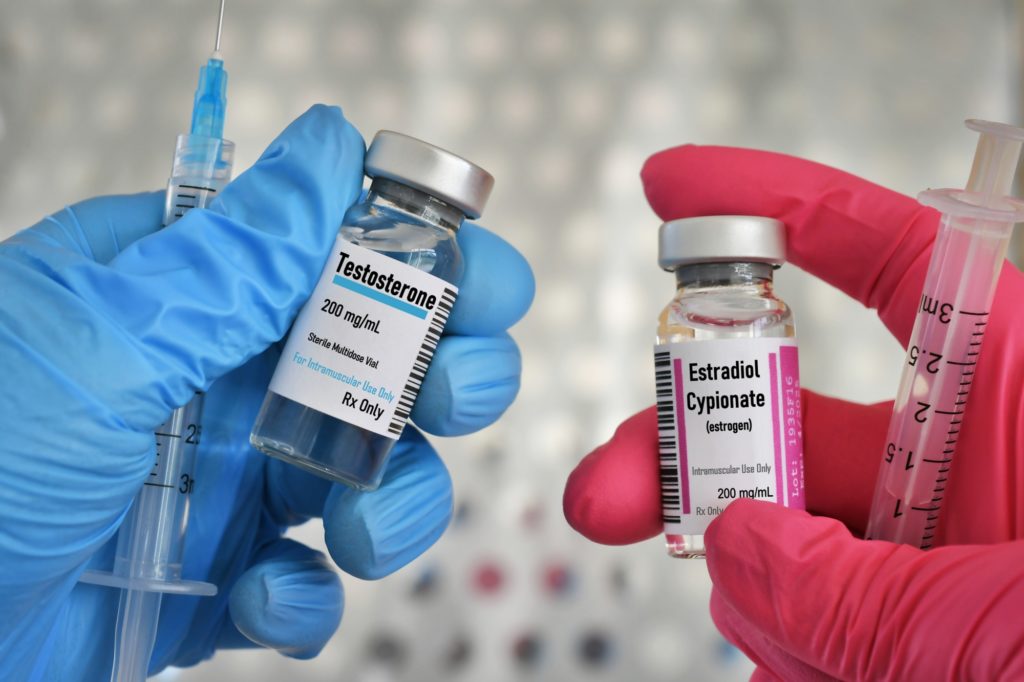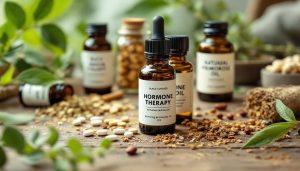Hormones are powerful messengers in the body, and few get as much attention—or stir as much fear—as estradiol, a form of estrogen. For years, women have been warned that taking estradiol, especially during or after menopause, could increase their risk of cancer. But new research and a better understanding of hormone therapy are rewriting that narrative.
It’s time to set the record straight: estradiol, when used appropriately, does not cause cancer. In fact, it may actually support long-term health and well-being in many women.
What Is Estradiol?
Estradiol (E2) is the most potent form of estrogen naturally produced by the ovaries. It plays a key role in regulating the menstrual cycle, maintaining bone density, supporting brain and heart health, and protecting vaginal and urinary tissues.
As women approach menopause, estradiol levels decline significantly. This drop can contribute to a wide range of symptoms—hot flashes, night sweats, mood swings, vaginal dryness, memory fog, and bone loss.
The Cancer Fear: Where Did It Come From?
The fear around estradiol largely stems from early interpretations of the Women’s Health Initiative (WHI) study in the early 2000s. The study linked combined hormone replacement therapy (HRT)—specifically synthetic estrogen (Premarin) and synthetic progestin (Provera)—to a slightly increased risk of breast cancer.
But here’s what’s critical:
- The WHI used conjugated equine estrogens (not bioidentical estradiol) and medroxyprogesterone acetate (a synthetic progestin).
- The women studied were, on average, over 60 years old, and many began therapy well after menopause, a factor that can alter risk.
- Follow-up studies later showed that estradiol alone (estrogen-only therapy) did not increase—and may even decrease—breast cancer risk in certain populations.
Estradiol Is Not the Enemy
In fact, modern hormone replacement therapy (HRT) that uses bioidentical estradiol—which is chemically identical to the estrogen your body naturally produces—has a much better safety profile.
Here’s what we now know:
- Estradiol Alone May Reduce Breast Cancer Risk
In women who’ve had a hysterectomy (and therefore don’t need progesterone), estrogen-only therapy was shown to reduce breast cancer incidence and mortality in follow-up WHI analyses. - Bioidentical Hormones ≠ Synthetic Hormones
Bioidentical estradiol is not the same as synthetic versions from decades ago. It behaves more naturally in the body and has a safer metabolic profile. - Timing Matters
Starting hormone therapy closer to menopause (the “window of opportunity”) is associated with lower risks and greater benefits, especially for heart and brain health. - The Role of Balanced Progesterone
For women with a uterus, taking bioidentical progesterone alongside estradiol helps protect the endometrium (uterine lining) from overgrowth. It’s unopposed estrogen—not estrogen itself—that increases the risk of endometrial cancer. - Dose and Delivery Matter
Transdermal estradiol (patches, gels, or creams) may have a lower risk of blood clots than oral forms. Modern HRT is individualized to provide the lowest effective dose for the shortest necessary time, although many women safely continue for years.
Beyond the Fear: The Benefits of Estradiol
Estradiol, when used responsibly, can provide life-enhancing benefits:
- Improved mood and mental clarity
- Better sleep and energy
- Protection against osteoporosis
- Reduced hot flashes and night sweats
- Healthier vaginal and urinary tissue
- Possible cardiovascular and cognitive protection when started early in menopause
What You Should Do If You’re Considering HRT
- Talk to a knowledgeable provider. Not all doctors are up-to-date on the latest HRT research. Find one who understands bioidentical hormone therapy and personalized care.
- Know your options. Estradiol can be delivered via patches, gels, creams, or pills—each with pros and cons.
- Get baseline tests. Monitor hormone levels, cardiovascular risk factors, and breast health regularly.
- Don’t be afraid to ask questions. You have a right to understand your treatment.
Final Thoughts
The idea that “estradiol causes cancer” is outdated, oversimplified, and unsupported by modern science. When used with care and tailored to your body’s needs, estradiol can be a powerful ally for midlife health, not a threat.
It’s time to shift the conversation from fear to empowerment. Hormones are not villains—they’re vital tools. And estradiol, in particular, deserves a second look through a modern, evidence-based lens.
Your body isn’t betraying you—it’s evolving. And with the right support, you can thrive through every stage.
















